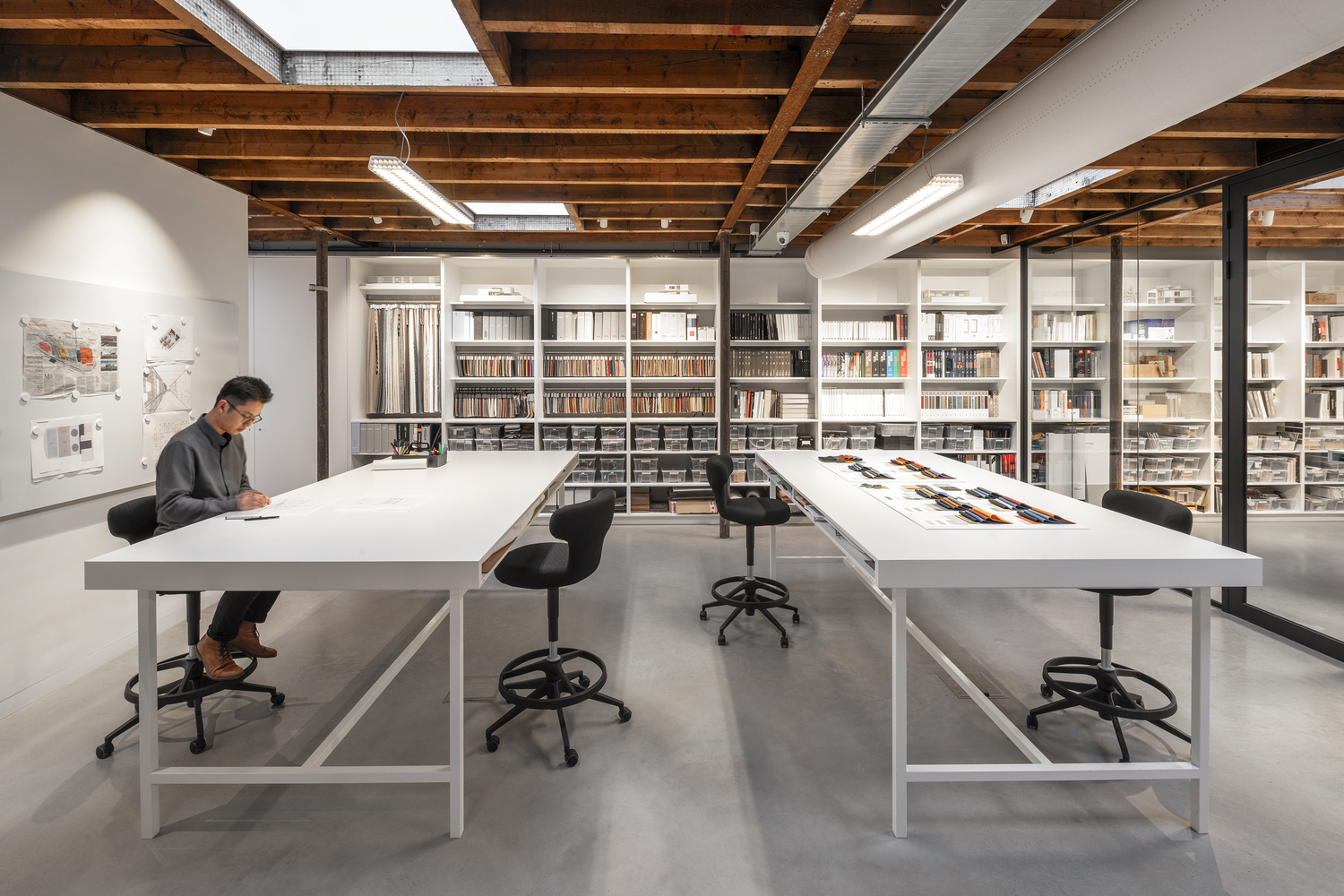Investing in Wellbeing: How Healthy Workspaces Drive Productivity and Profit
Beyond aesthetics, the design of our workplaces directly impacts our health. Studies reveal a clear link between poor light quality and limited access to natural views with increased sick leave. Smoke-free policies have been demonstrably effective, reducing smoking prevalence by 3.8% and lowering tobacco consumption by a significant 3.1 cigarettes per day for continuing smokers. Workplaces can either support wellbeing or be a detriment to it. Conscious office design can blend aspects of health in spaces to cultivate physical, mental, and social well-being.
With an increased recognition of the synergy between workplace design and employee well-being, organizations are incorporating health-centric design practices to promote an engaged and productive workforce. Workplace strategy geared toward occupant well-being benefits individual workers while contributing to the overall success of the organization.


 Picture: Matthijs van Roon
Picture: Matthijs van Roon
Comments :